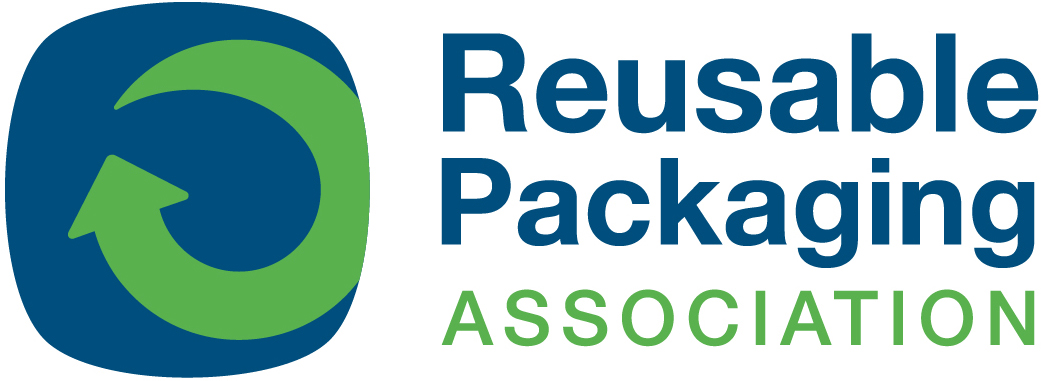By Josh Gelfand
February 14th, 2011
Published by Triple Pundit
Waste. The byproduct of consumer culture is the bane of environmentalists. We have chanted the mantra of “reduce, reuse, recycle” for more than a generation, yet our entire economy is based on wasteful consumption with packaging, material byproducts and the like rising exponentially throughout the Age of Convenience. As a result, waste processors have become dominant forces in helping manage the systemic byproducts, facilitating the convenience we’ve come to expect with routine weekly curb-side pickups. The simple act of separating recyclable materials from the landfill-bound waste has been enabled by the curb-side pickup, which many now take for granted. No longer are we in the dark ages of recycling when clear glass was separated from brown and green, newspaper was separated from cardboard, and only collecting plastic containers with a neck was the norm, followed by a hauling to a trailer parked behind the supermarket for collection. Now it’s easy, thanks to companies like Waste Management (WM) who have shifted their practices from being collector/dumpers to being true waste managers: diverting millions of tons of waste from landfills and into recycling and composting facilities, reducing the amount of landfill waste, and generating the energy equivalent of nearly six million tons of coal and more than 20 million barrels of oil.
The purpose of sustainability reporting is to measure, disclose, and ultimately be accountable to stakeholders for sustainable development and performance. Many companies that are just getting into reporting utilize the report as a marketing tool in ways that avoid accountability, in particular by ignoring the negatives about their business operations and only highlighting the positives, or by framing questionable behaviors in a sustainability context. In their 2010 CSR report (pdf), WM utilizes the GRI guidelines with a self-reporting grade of “B,” indicating the number of GRI indicators being covered in the 68 page (and 36 page appendix) report. They include an impressive 81 indicators fully or partially included in the report. Their commitment is strong, the content is straight forward and accessible, and the efforts are ambitious. Although they did not receive the “+” grade due to a lack of external assurances – an important but expensive step in report transparency – they assert that all quantitive data was audited by their Corporate Internal Audit Department.
This report is uniquely arranged into three “books,” or sections. First is an introduction section, including the required letter from the CEO, and summaries of the report and the key performance indicators (KPIs). The second “book,” titled “From Waste to Resources,” is the bulk of the report. This section covers their efforts in providing environmental services, sustainably managing their own business and value-chain, as well as employee and community engagement. The third and final section, titled “Transforming Our Business,” discusses their internal and external ambitions regarding improving WM’s own practices and helping meet customer needs in a world shifting towards greater awareness and lesser impact.
To read the whole story click here
To obtain the report click here
